Nationality Italian Known for painting | Name Cesare Maccari | |
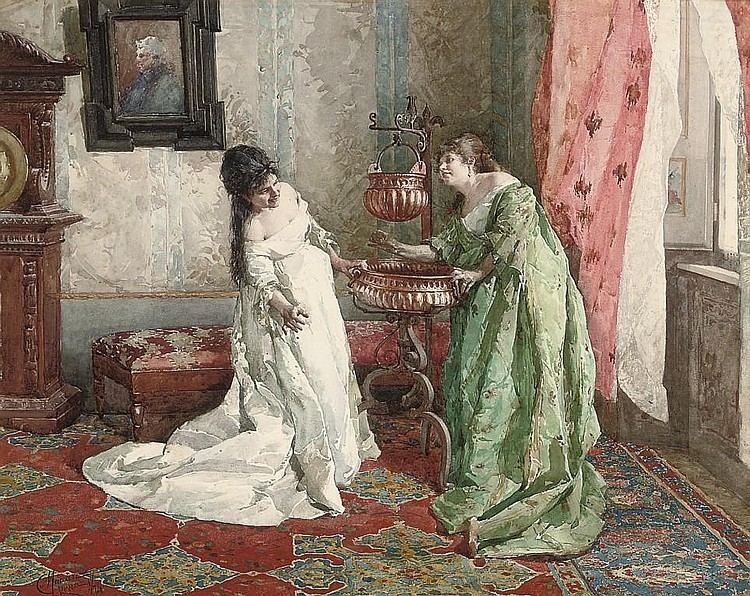 | ||
Similar People Catiline, Cicero, Terentia | ||
video acilia scuola fantasma in via cesare maccari
Cesare Maccari ([ˈtʃeːzare makˈkaːri]; 9 May 1840 – 7 August 1919) was an Italian painter and sculptor, most famous for his 1888 painting Cicerone denuncia Catalina (usually translated as Cicero Accuses Catiline or Cicero Denounces Catiline).
Contents
- video acilia scuola fantasma in via cesare maccari
- Cesare Maccari
- Early life
- Mature Work in Rome
- Cicerone denuncia Catilina
- References
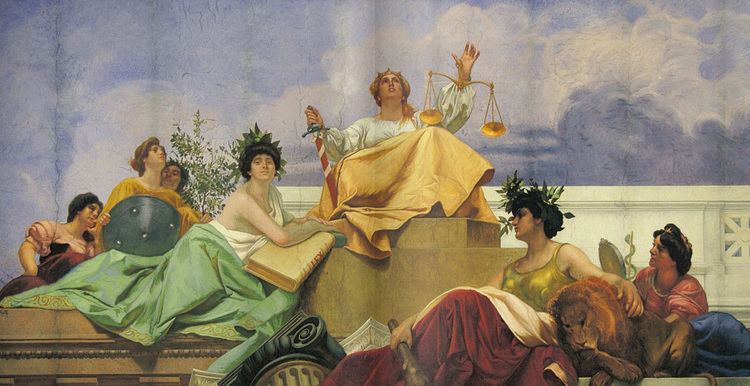
Cesare Maccari
Early life
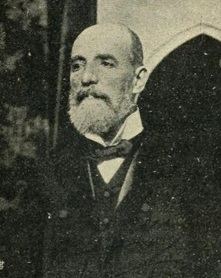
Maccari was born in Siena, in the Grand Duchy of Tuscany. He was a student of the Institute of the Fine Arts in Siena together with Tito Sarrocchi, working in sculpture and helping complete the Monumento Pianigiani in Siena. He later worked in the atelier of Luigi Mussini in Florence. There in 1864 he was commissioned by an English society to copy works of Bernardino Pinturicchio found in the Cathedral of Siena.
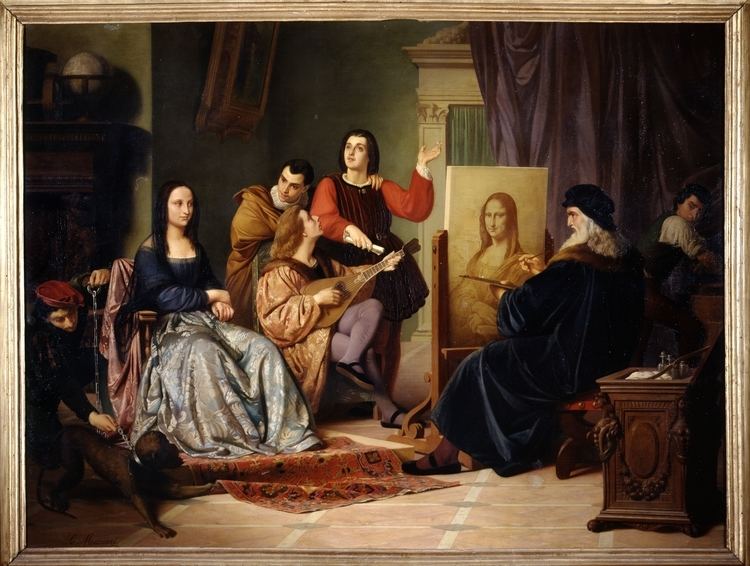
Some of his first patronage came from works the Marquis Pieri-Nerli, who also commissioned him to paint frescoes of the four evangelists for a private chapel in his home in Quinciano, a hamlet in the comune of Monteroni d'Arbia. Maccari soon won a stipend to study in Rome, that also allowed him to travel through Italy.
Mature Work in Rome
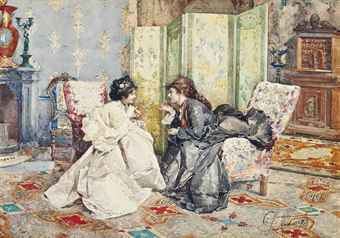
Among his first major oil canvases in Rome, Maccari painted Vittoria Colonna meditates on the Poetry of Michelangelo. Another canvas, Sira che sacrifica la propia vita for the padrona Fabiola won a medal at the Exhibition of Termini (Rome). Next, his canvas Un palpito del passato was awarded a gold medal at the Exposition of Parma. He painted two figures in the church of Santa Francesca Romana. He was commissioned a Deposition by the marchesa di Cassibile.
From 1870 to 1873, he was active as a fresco artist decorating the interior of the church of the Sudario in Rome. He also painted the lunette above the tomb of the Lombardi in Campo Verano. He painted in tempera: Love crowning the three Graces At the 1878 Turin Exposition, he sent an oil canvas depicting The Deposition of Pope Silverius by Antonina, wife of Belisarius. The prize winning painting was purchased for the Civic Museum of Turin.
In 1863, Maccari painted Leonardo che ritrae la Gioconda (commonly translated Leonardo [da Vinci] painting the Mona Lisa) which won an award in 1865. In his home town Siena he decorated the Sala del Risorgimento in the public palace with frescoes that were well received by critics.
Between 1882 and 1888 Maccari painted a series of frescoes depicting famous events in the history of the Senate of Ancient Roman at the "Sala Maccari" in the Salone d'Onore (Reception Hall) of Rome's Palazzo Madama, seat of the Italian Senate, amongst them his most famous work, Cicero Denounces Catiline (more on this canvas below). Other walls include these depictions:
Maccari designed and completed the frescoes for the cupola of the Basilica di Loreto, completed in 1890 to 1907, and which replaced the frescoes of Cristoforo Roncalli, from the second decade of the 17th century, which had badly deteriorated. The museum adjacent to the Basilica has the preparatory studies and paintings by Maccari. They depict events that led to the proclamation of the dogma of the Immaculate Conception in 1854.
In later life, Maccari became a lecturer at the Accademia di San Luca in Rome. He became paralyzed while he was working on the Palace of Justice in Rome in 1909 and as a result stopped working as an artist. Among his pupils were Cesare Bertolotti and Giuseppe Aureli. He died in Rome in 1919.
Cicerone denuncia Catilina
See also: Catiline OrationsMaccari's most famous work of art depicts Cicero's Oratio in Catilinam Prima in Senatu Habita, his first speech denouncing Catiline in the Roman Senate which drove him from the city (63 BC). Maccari has been praised for the way his paintings captured the description of events and how Catiline has been avoided by his fellow senators and sat alone while Cicero attacked him. On the other hand, his work has been criticized for some historical inaccuracy since he depicted the Senate meeting in the wrong place: the Senate actually met in the Temple of Jupiter Stator, not in the Senate House (Curia Cornelia). Cicero was 43 years old at the time but looks much older, and Catiline, who was two years older than Cicero, looks much younger than Cicero. The painting has been reproduced in many textbooks and histories of Rome, and its depiction of the Roman Senate has even influenced the presentation of the Senate of the Roman Republic in nonfiction books.
